In the vast landscape of education, where every lesson shapes minds and futures, a cornerstone often unseen yet profoundly impactful stands tall: curriculum development. Imagine it as the blueprint of learning experiences, the unseen architect crafting educational journeys that mold young minds and empower lifelong learners. Curriculum design is not just a process; it’s an art form that underpins the very essence of educational outcomes, guiding students towards knowledge and understanding like rays of sunshine through a forest canopy.
Table of Contents
- What Is Curriculum Development In Education
- Understanding Curriculum Development
- Key Components of Curriculum Design
- Models and Approaches to Curriculum Development
- Challenges and Solutions in Curriculum Development
- Future Trends in Curriculum Development
- Navigating the Path to Educational Excellence
- Final Thoughts
- Frequently Asked Questions About Curriculum Development
- 1. What are the main stages of curriculum development?
- 2. How can cultural relevance be incorporated into curriculum design?
- 3. Why is stakeholder collaboration crucial in curriculum development?
- 4. How does technology impact modern curriculum frameworks?
- 5. What role do educators play in adapting curricula to changing educational trends?
What Is Curriculum Development In Education
As educators, administrators, and designers embark on the intricate journey of curriculum development, they wield immense power to shape the learning landscape. Every decision made, every element integrated, resonates in classrooms far and wide. The importance of curriculum design cannot be overstated – it orchestrates the symphony of education, harmonizing goals with methods, standards with creativity. A well-crafted curriculum is not merely a roadmap; it is a transformative force that ensures every learner embarks on a meaningful educational odyssey tailored to their needs and aspirations.
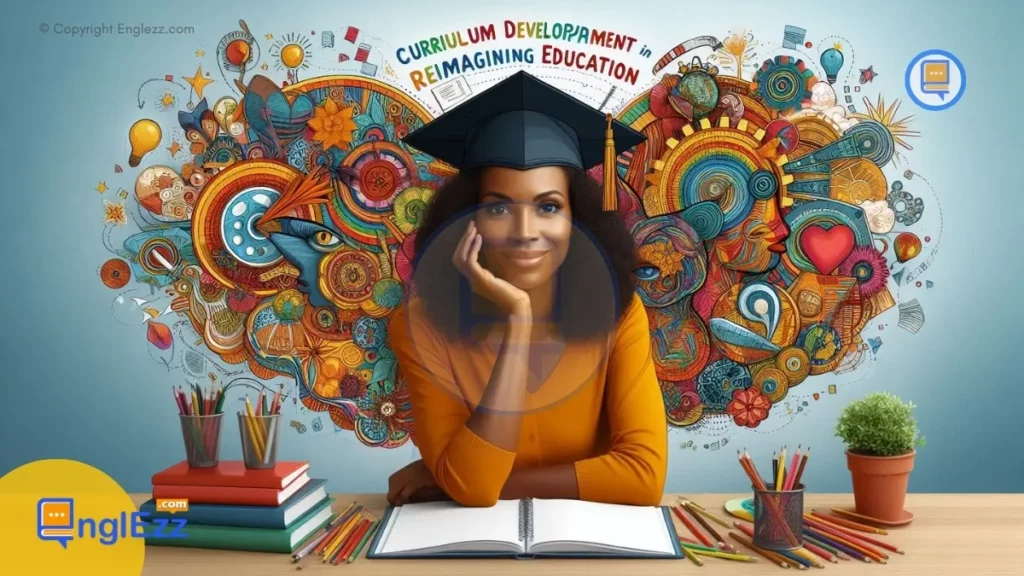
Are you ready to unravel the mysteries woven within these educational blueprints? Join us as we delve deeper into the fabric of curriculum development, exploring its intricacies and uncovering its hidden gems that hold the keys to unlocking boundless learning potential. Let’s embark on this enlightening journey together, where each insight shines bright like a beacon illuminating new horizons in education.
Understanding Curriculum Development
Curriculum development in education is the deliberate and systematic process of creating curricular content, instructional materials, learning experiences, and assessments to meet the educational objectives of a program or institution. It serves as the backbone of educational programs, providing a roadmap for teachers and students on what to teach and learn. The purpose of curriculum development is not only to design courses but also to ensure that these courses are effective in achieving desired learning outcomes. By aligning with educational goals and standards, curriculum development ensures that students receive a comprehensive education that prepares them for success in their future endeavors.
Educators play a pivotal role in curriculum development by translating academic standards into concrete lessons and learning activities. Administrators provide guidance and support throughout the process, ensuring that resources are allocated effectively and that the curriculum meets the needs of diverse learners. Curriculum designers bring creativity and expertise to develop engaging materials that cater to various learning styles. Together, these stakeholders collaborate to design a cohesive curriculum that fosters critical thinking, creativity, collaboration, and communication skills among students.
For example, when designing a science curriculum for elementary school students, educators may work closely with administrators to incorporate hands-on experiments that align with state-mandated standards while sparking curiosity and inquiry among young learners. Curriculum designers may create visually stimulating materials like interactive videos or digital simulations to engage students in scientific concepts. This collaborative effort highlights how each stakeholder’s unique contributions shape the overall curriculum development process, ultimately enhancing the quality of education provided to students.
Key Components of Curriculum Design
When it comes to creating a comprehensive curriculum, certain key components play pivotal roles in shaping the learning journey of students. One essential element is establishing clear and measurable learning objectives that guide the educational path. For instance, in a science curriculum, specific objectives could focus on developing critical thinking skills through experimentation and analysis. These objectives not only frame what students are expected to learn but also inform the assessment methods used to evaluate their progress accurately.
Assessment methods are another crucial aspect of curriculum design that directly impacts how educators gauge student understanding and mastery of concepts. By incorporating varied assessment techniques such as formative assessments, projects, or peer evaluations, educators can gain a more holistic view of student comprehension beyond standardized tests. For example, in a language arts curriculum, performance-based assessments like presentations or creative writing assignments can better capture students’ language proficiency and creativity.
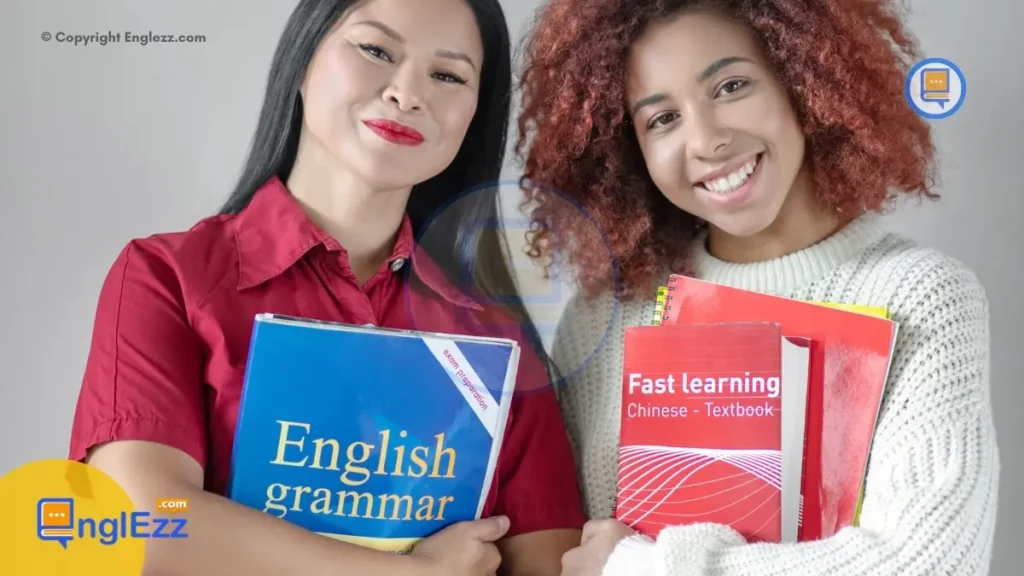
Instructional strategies represent the teaching methods employed to deliver content effectively and engage students in active learning. Consider a mathematics curriculum that integrates hands-on activities like using manipulatives or group problem-solving approaches to enhance conceptual understanding. By diversifying instructional strategies, educators cater to different learning styles and promote an inclusive classroom environment where all students can thrive.
Furthermore, embracing diverse perspectives and cultural relevance in curriculum planning is paramount for fostering an inclusive educational experience. By infusing various cultural narratives, historical contexts, and global perspectives into curricular materials, students develop empathy, cross-cultural awareness, and appreciation for diversity. A social studies curriculum rich in multicultural content not only broadens students’ worldview but also promotes respect for different cultures and traditions within the classroom dynamic. In essence, these components collectively contribute to the creation of a vibrant and impactful curriculum that nurtures well-rounded learners equipped with valuable skills and global competencies.
Models and Approaches to Curriculum Development
In the realm of curriculum development, various models and approaches serve as guiding frameworks for educators and designers to craft effective learning experiences. Tyler’s Objectives Model, devised by Ralph Tyler in 1949, emphasizes defining clear educational objectives that shape curriculum content, teaching methods, and assessment strategies.
This model underscores the importance of aligning curriculum goals with desired student outcomes to ensure a cohesive educational journey. For instance, when implementing Tyler’s model in a science curriculum, educators meticulously outline specific learning objectives related to scientific inquiry skills, critical thinking abilities, and experimental design techniques to foster student competency.
Curriculum development is not a one-size-fits-all process. It’s crucial to remain flexible and open to adapting your curriculum based on student needs, feedback, and emerging trends. For instance, if you notice certain learning objectives are not resonating with students, be willing to tweak them to enhance engagement and comprehension. Flexibility allows educators to tailor their teaching approaches effectively.
Taba’s Grassroots Model offers a collaborative approach where stakeholders actively participate in curriculum development processes. In this model, teachers, students, parents, and community members contribute diverse perspectives and insights to tailor the curriculum to meet local needs effectively. For example, utilizing Taba’s approach in social studies education may involve engaging students in researching community issues, conducting interviews with local residents, and proposing solutions through project-based learning initiatives that reflect real-world contexts.
Wheeler’s Cyclical Model presents a dynamic view of curriculum design as an iterative process involving continuous feedback loops for refinement and improvement. This cyclical nature allows for ongoing evaluation of instructional practices based on student performance data and evolving educational trends. Implementing Wheeler’s model within a language arts curriculum could involve regular formative assessments coupled with teacher reflections to adjust lesson plans accordingly based on students’ writing proficiency levels or reading comprehension skills.
When exploring different approaches like subject-centered, learner-centered, and problem-centered designs in curriculum development, educators can tailor instructional strategies to cater to diverse learning styles and preferences. By incorporating innovative teaching methodologies such as project-based learning, flipped classrooms, or experiential learning opportunities into modern curriculum frameworks, educators can create engaging learning environments that promote critical thinking skills, collaboration among peers, and real-world application of knowledge across various subject areas.
These adaptable approaches not only enhance student engagement but also foster a deeper understanding of complex concepts through hands-on experiences integrated seamlessly into the curriculum structure.
Challenges and Solutions in Curriculum Development
In the realm of curriculum development, educators and administrators often encounter a myriad of challenges that can impede the process of creating effective learning frameworks. One prevalent issue revolves around resource constraints, where limited budgets or access to materials pose obstacles in designing comprehensive curricula. To tackle this challenge, innovative solutions like open educational resources (OER) and collaborative partnerships with community organizations or businesses can provide a wealth of supplementary materials without overwhelming budgetary constraints.
In today’s multicultural and interconnected world, incorporating diverse perspectives into curriculum design is essential. By infusing various cultural viewpoints, historical narratives, and global issues into the curriculum, educators can create inclusive learning environments that celebrate diversity and foster empathy among students. For example, when designing a history curriculum, consider including stories from different cultures to offer students a holistic understanding of the past.
Moreover, the ever-evolving educational landscapes present another hurdle in curriculum development. With technological advancements shaping the way students learn and interact with content, educators must continuously adapt their curricular strategies to remain relevant and engaging. Embracing digital tools, virtual learning environments, and blended learning approaches can help address this challenge by catering to diverse learning styles while preparing students for a technology-driven future.
Stakeholder collaboration stands as a critical aspect of successful curriculum development but can sometimes be intricate due to differing perspectives and interests. By fostering transparent communication channels between teachers, administrators, parents, and even students themselves, curriculum designers can ensure that all stakeholders have a voice in shaping educational outcomes. Encouraging constructive feedback loops and engaging stakeholders in decision-making processes fosters a sense of ownership and inclusivity within the curriculum design framework.

Flexibility and adaptability emerge as fundamental traits in navigating the complexities of curriculum development amidst changing educational needs. By embracing agile methodologies that allow for iterative changes based on feedback from educators and learners, curriculum developers can create dynamic learning environments that respond proactively to emerging trends and student requirements. Ultimately, by overcoming these challenges through creative solutions and collaborative efforts, educators can pave the way for innovative curricula that inspire lifelong learning and cater to diverse educational landscapes.
Future Trends in Curriculum Development
As the educational landscape continues to evolve, it is crucial for curriculum developers and educators to stay abreast of emerging trends shaping the future of learning. One such trend gaining momentum is personalized learning, a pedagogical approach that tailors instruction to individual student needs, interests, and abilities. By utilizing data analytics and adaptive technology, personalized learning empowers students to take ownership of their education journey, fostering deeper engagement and improving academic outcomes. For instance, platforms like Khan Academy offer personalized learning experiences through adaptive exercises that adjust difficulty levels based on student performance, catering to diverse learning styles.
Another significant trend in curriculum development is competency-based education (CBE), which focuses on mastering specific skills and knowledge rather than traditional seat-time requirements. Competency-based programs enable students to progress at their own pace, demonstrating proficiency through assessments aligned with clearly defined learning outcomes. Institutions like Western Governors University have successfully implemented CBE models, allowing learners to advance based on demonstrated competencies relevant to real-world applications. This approach not only enhances student motivation but also ensures mastery of essential skills essential for career readiness.
Moreover, the integration of interdisciplinary curricula represents a forward-thinking approach towards holistic education. By breaking down silos between subject areas and promoting cross-disciplinary connections, interdisciplinary curricula foster critical thinking, creativity, and problem-solving skills. For example, project-based learning initiatives that combine science and art or mathematics with social studies encourage students to explore complex issues from multiple perspectives, preparing them for a multidimensional world. Embracing interdisciplinary approaches enriches the educational experience by nurturing well-rounded individuals capable of addressing interconnected global challenges.
Furthermore, as technology becomes increasingly ubiquitous in educational settings, its impact on curriculum design practices cannot be underestimated. The rise of digital tools such as virtual reality simulations, artificial intelligence tutors, and online collaboration platforms offers opportunities to enhance instructional delivery and create immersive learning environments. Integrating technology into curriculum development enables educators to cater to diverse learner needs effectively while preparing students for the digital age workforce. By embracing innovative tech solutions responsibly and ethically within curricular frameworks, institutions can maximize engagement and promote digital literacy among learners from varying backgrounds.
Technology continues to revolutionize the field of education, offering innovative tools and resources for curriculum development. From interactive digital platforms to virtual reality simulations, integrating technology into curricula can enhance student engagement and facilitate personalized learning experiences. Stay updated on ed-tech trends and explore how new technologies can enrich your curriculum content delivery methods.
These future trends underscore the importance of adapting curriculum development strategies to meet the changing needs of learners in a dynamic educational landscape continually. By championing inclusivity through personalized approaches, fostering sustainable practices that address environmental concerns within curricular contexts, and advocating for lifelong learning initiatives that transcend traditional boundaries—educators can lead the way towards a more equitable and impactful educational future driven by innovation and excellence in pedagogy.
As we conclude our exploration into the intricacies of curriculum development in education, it becomes evident that crafting a robust curriculum is not just a task but a profound responsibility that shapes the future of learners. Curriculum designers, educators, and administrators play pivotal roles in transforming educational landscapes by aligning objectives with meaningful learning experiences. By delving into essential components like learning goals, assessment strategies, and instructional methodologies, we pave the way for holistic educational practices that cater to diverse learner needs.
Embracing innovation and adaptability emerges as key themes in overcoming challenges within curriculum development. By foreseeing future trends such as personalized learning and interdisciplinary approaches, we can foster dynamic learning environments that encourage continuous growth. As technology evolves and educational paradigms shift, staying abreast of emerging pedagogical techniques becomes indispensable in nurturing well-rounded individuals equipped for an ever-changing world.
Final Thoughts
In conclusion, curriculum development in education serves as the compass that guides learners and educators on their educational journey. By embracing emerging trends such as personalized learning and interdisciplinary curricula, schools can nurture individual talents and foster a deep passion for knowledge within students. Technology continues to revolutionize how we approach teaching and learning, offering exciting possibilities for interactive and engaging educational experiences.
As we look towards the future of curriculum development, it is imperative to remain adaptable and open-minded. The challenges faced by educators today, from limited resources to rapidly changing landscapes, require innovative solutions that prioritize student success above all else. By incorporating inclusivity, sustainability, and lifelong learning initiatives into curriculum design practices, we can create dynamic educational environments that cater to diverse needs and aspirations.
Ultimately, curriculum development is a continuous process of evolution, driven by a shared commitment to excellence in education. As we navigate the complexities of designing curricula that inspire curiosity and empower learners, let us remember that every decision made has the potential to shape a brighter future for generations to come. By staying informed about best practices, collaborating with stakeholders effectively, and embracing diversity and innovation in our approaches, we pave the way for transformative educational experiences that leave a lasting impact on society.
Frequently Asked Questions About Curriculum Development
1. What are the main stages of curriculum development?
Curriculum development typically involves planning, design, implementation, and evaluation phases to ensure its effectiveness.
2. How can cultural relevance be incorporated into curriculum design?
Cultural diversity can enhance curriculum richness by integrating varied perspectives, traditions, and histories reflective of students’ backgrounds.
3. Why is stakeholder collaboration crucial in curriculum development?
Involving teachers, administrators, parents, and community members ensures that diverse perspectives shape inclusive curricular decisions.
4. How does technology impact modern curriculum frameworks?
Technology integration enhances accessibility, engagement, and facilitates personalized learning experiences tailored to students’ needs.
5. What role do educators play in adapting curricula to changing educational trends?
Educators serve as catalysts by staying informed on innovative teaching methods and leveraging professional development opportunities to evolve their pedagogical practices accordingly.
By embracing flexibility, promoting diverse perspectives, and leveraging technology in curriculum development efforts, educators can create dynamic and impactful learning experiences that resonate with students across various backgrounds and abilities. Remember that the journey of curriculum development is an ongoing exploration guided by a passion for shaping tomorrow’s leaders through quality education practices.
In this journey toward educational excellence through effective curriculum development lies a promise of transformation—for each lesson planned is a stepping stone towards empowering minds to embrace knowledge with fervor and curiosity.



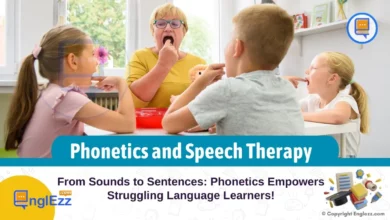
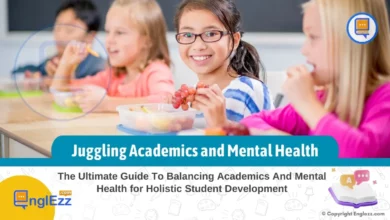

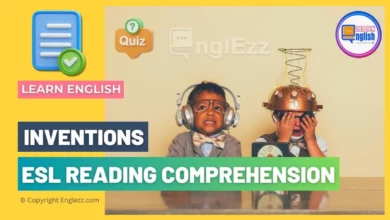

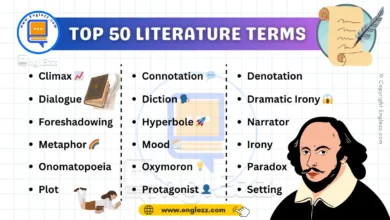
Dive into the world of education with a focus on What Is Curriculum Development. Explore the process shaping modern educational strategies. 📧🔗 Get free educational resources & courses at:
https://www.englezz.com/what-is-curriculum-development/
👍 Don’t miss out! Follow and like EnglEzz for more valuable insights!
#englezz #courses #worksheets #ielts #cpd #tefl #efl #learnenglishonline #esl #teachingjobs #classroom #flashcards #printables